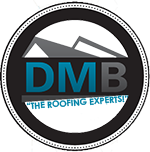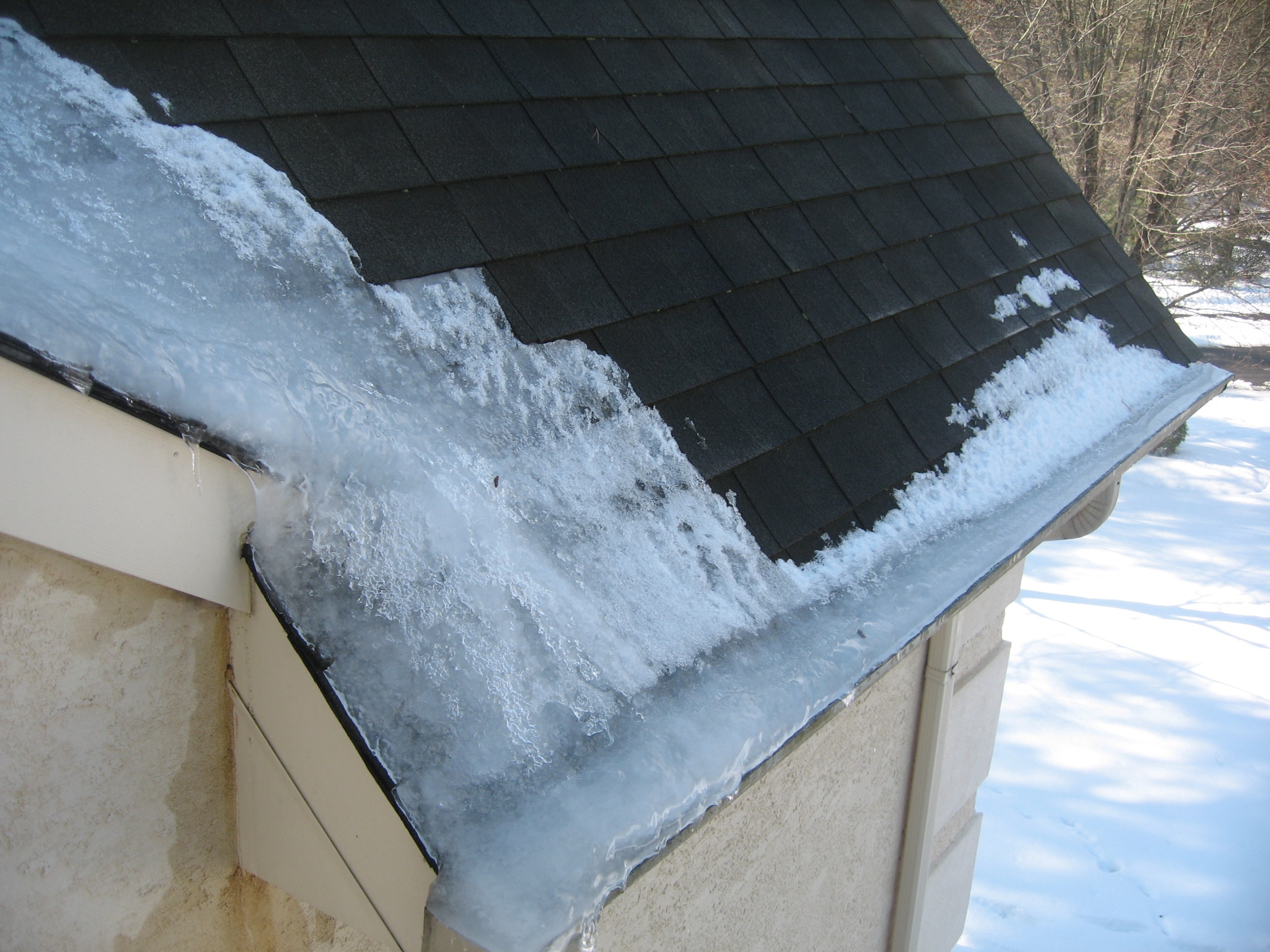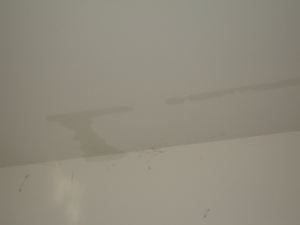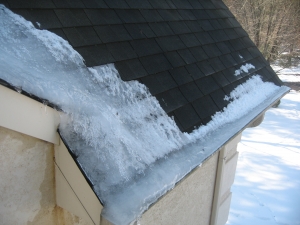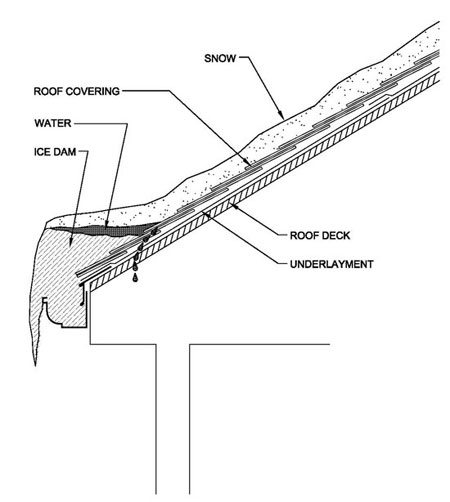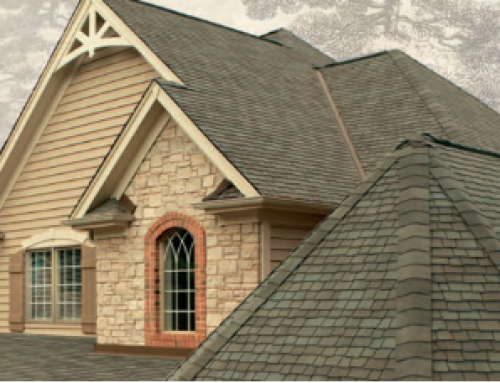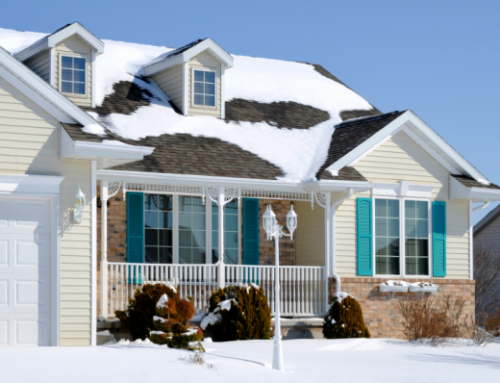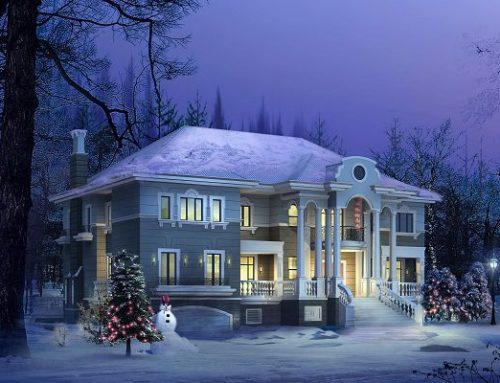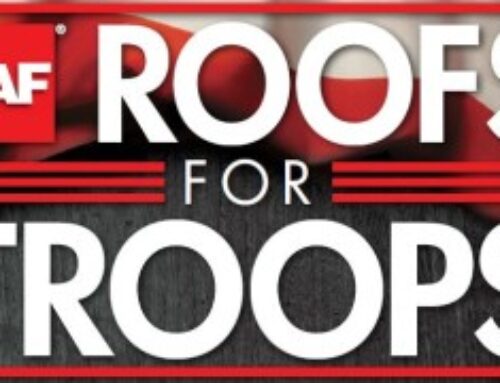With permission from a recent customer, the images above can provide you with an idea as to what the interior and exterior of your home may look like if ice damming occurs.
ICE DAMS
While the shingles on your roof are meant to be water resistant, however, they’re no match for the water trapped behind the ice dams for lengthy periods of time.
ICE DAM PREVENTION
To avoid ice dams before they happen, there are a few things you can do as a homeowner to ensure that your roof is protected during these winter storms. Theoretically, removing the accumulations of snow from the roof before ice dam’s form is ideal. However, climbing up on your roof during a snowstorm can be slippery and extremely dangerous.
Every roofing contractor will agree that it is best to prevent ice dams from forming to avoid any inconveniences. Important considerations to keep in mind while preventing ice damming this winter:
A balanced attic ventilation system will help remove stray heat so temperatures throughout a roof deck are maintained close to the outside temperature.
In areas with a history of ice dam formation, vent opening areas and ventilation space height (in cathedral ceilings) should be appropriately sized to establish uniform rising air flow, which will cool a roof deck to below freezing when outside temperatures are below freezing.
Measures that prevent stray interior heat from reaching a roof deck may not always sufficiently prevent ice dam formation. Sometimes, ice dams occur even when attics are correctly insulated and ventilated because of solar heat and variation in snow cover thickness.
A watertight barrier of self-adhering membrane underlayment or layers of underlayment felt cemented together with asphalt bitumen may be applied to a roof deck along the eaves as protection against ice dam leaks.
If you are at all concerned with how your roof system is going to handle the heavy amount of snowfall this winter, you should have your roof inspected to determine if your ventilation and insulation is sufficiently providing you with the protection you and your family need to stay warm and worry free.
DO YOU NEED HELP HANDING ICE DAM DAMAGE?
If you’re unsure as to how well your roof system is handling these winter storms, contact Duane Mainardi Builders to request a roof inspection as soon as the weather holds up. We can assist you in protecting your most valuable asset, offer ice dam removal services or provide a quote for any potential repair necessary.
Call Duane Mainardi Builders at 609.923.4548 for a FREE estimate today!
